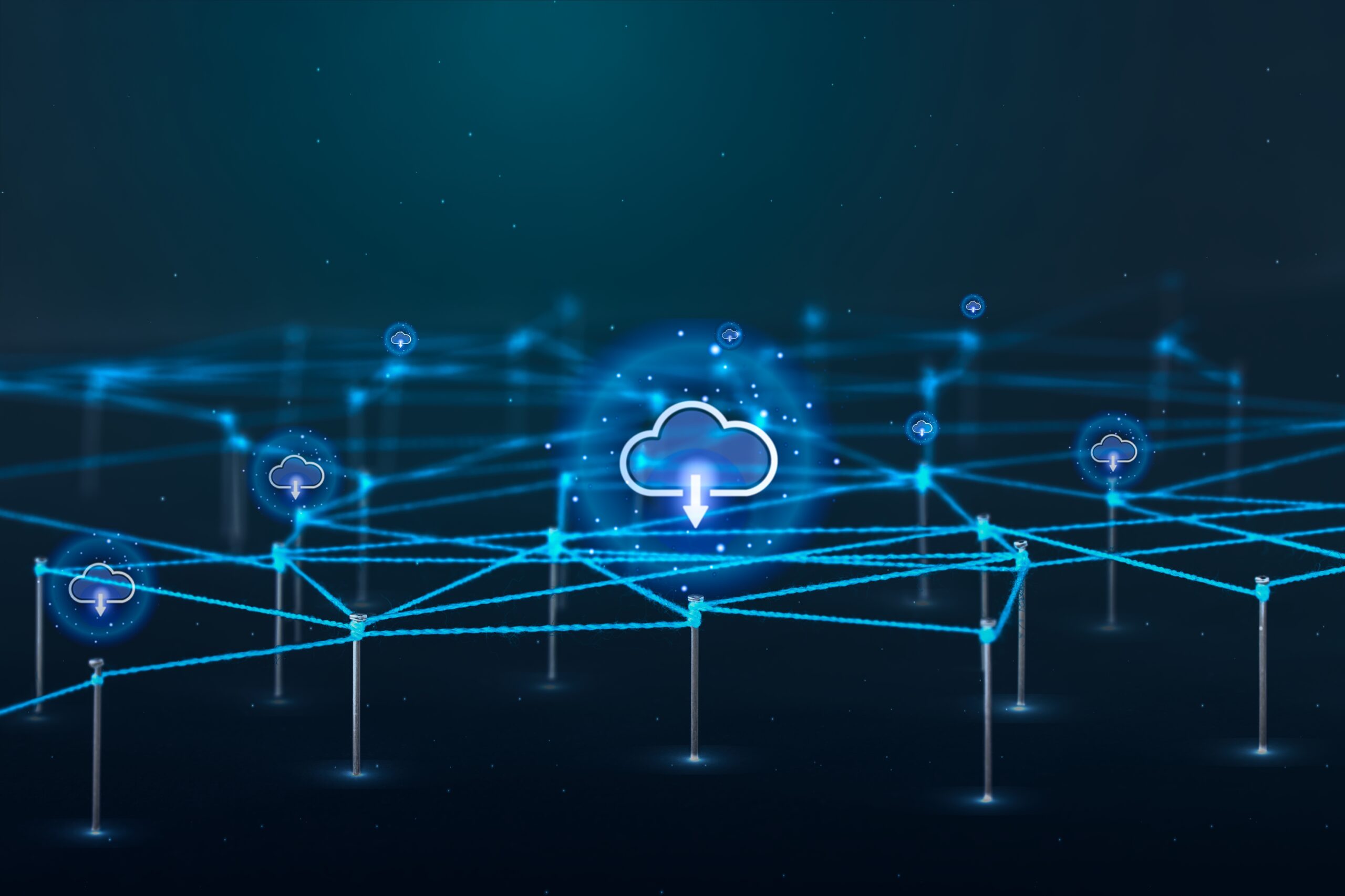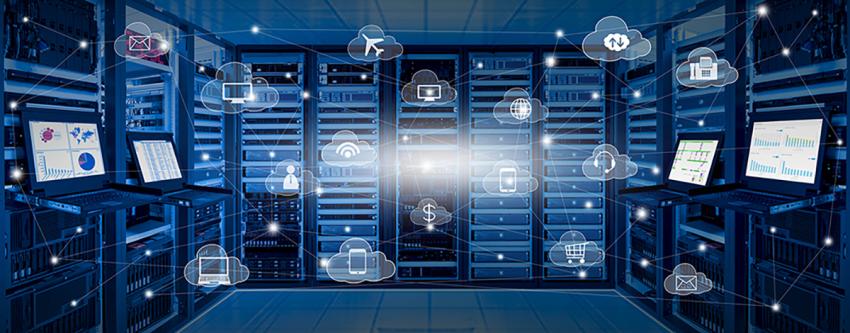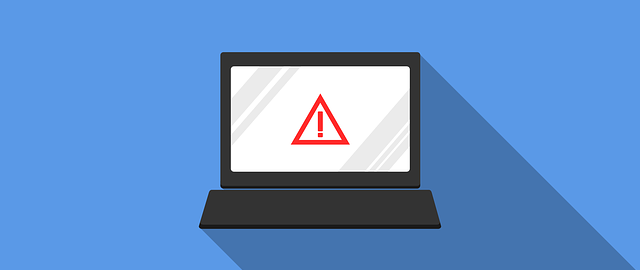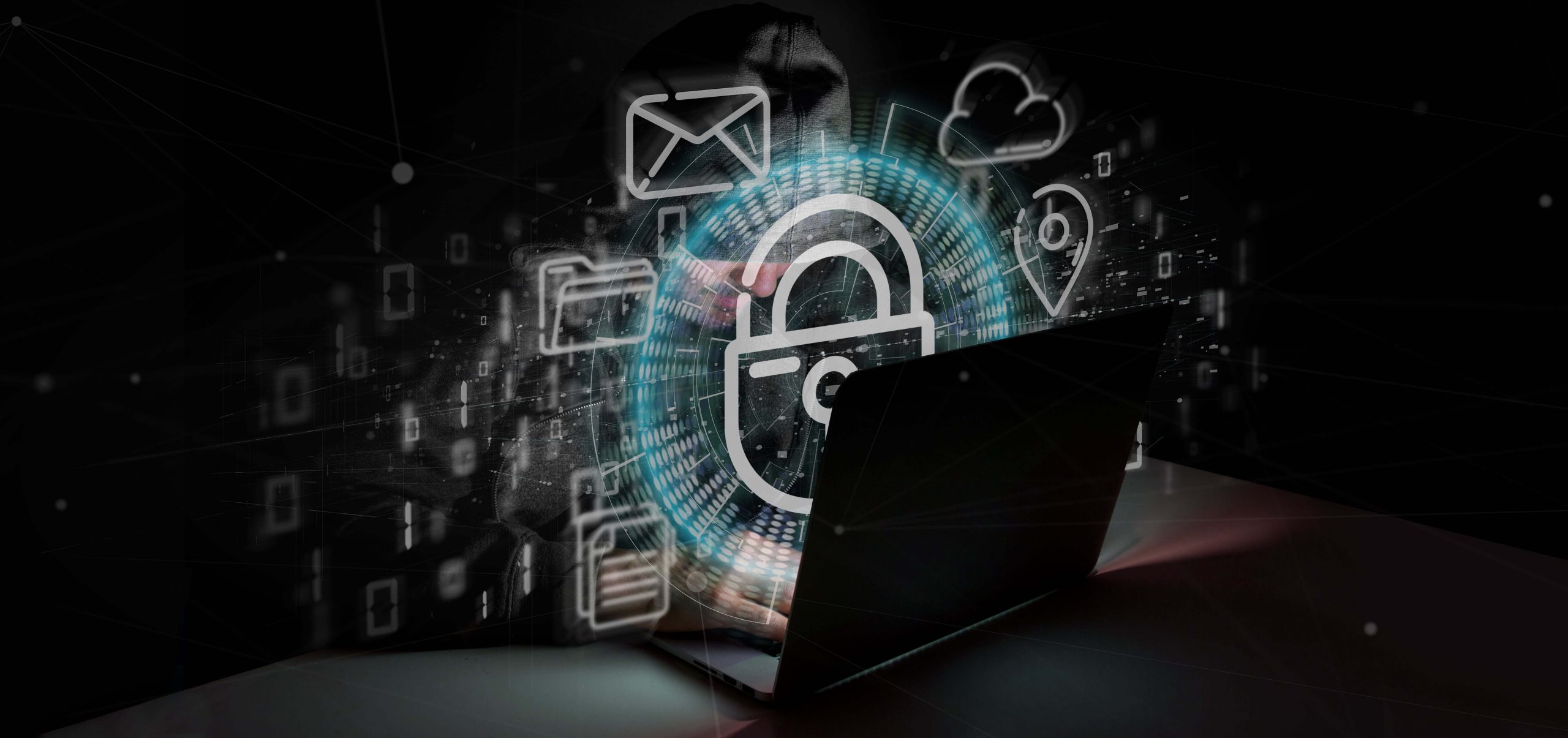
In a world dominated by technology and online operations, the term ‘disaster’ incorporates more than just natural disasters. From cyberattacks to power outages, businesses confront an extensive variety of potential disruptions. Thus, ensuring business continuity through comprehensive IT strategies is paramount. This article explores why disaster preparedness is essential and how businesses can strengthen their defenses.


The Essence of Business Continuity
Business continuity is the ability to sustain essential operations during and after an unforeseen occurrence. It involves protecting data, maintaining services, and ensuring that operations can resume as quickly as feasible. In essence, it is an insurance policy against the possibility of disorder.
Understand Potential Threats
Before devising any plan, it’s essential to recognize and categorize potential threats:
- Natural Disasters: Floods, fires, earthquakes, etc.
- Technological and Accidental Hazards: Power outages, data center failures, unintentional data deletions.
- Human-caused Events: Cyberattacks, data breaches, vandalism.
- Pandemic and Epidemic Situations: Unexpected global events causing operational interruptions.
Implement a Robust Data Backup Strategy
- Regular Backups: Schedule daily, weekly, or monthly backups depending on the business needs.
- Cloud Storage: Utilize cloud services to store critical data. The distributed nature of the cloud offers resilience against localized disasters.
- Multiple Backup Locations: Diversify storage solutions. Do not rely on a single method or location.
Develop a Disaster Recovery (DR) Plan
A DR plan outlines:
- The tools, technologies, and strategies in place to recover data and applications.
- Clear roles and responsibilities during recovery operations.
- A communication strategy to inform stakeholders and customers about the status and recovery steps.
Regular Testing & Drills
Having a DR plan is only the first step. Regularly test the effectiveness of these plans through mock drills and simulations. This ensures that all stakeholders know their roles and that the strategies in place are efficient.
Educate the Team
- Cybersecurity Training: Ensure that every member understands basic security protocols to prevent data breaches.
- Regular Updates: Continuously update the team about potential threats and the measures in place.
- Crisis Communication Strategy: Everyone should be clear about the communication hierarchy and methods during a disaster.
Ensure Remote Access
With remote work becoming more common, having secure remote access systems ensures that business operations can continue, even if the physical office spaces are inaccessible.
Partner with the Right IT Service Providers
A professional IT service provider can offer expertise, tools, and technologies tailored to a business’s specific needs. They can help in conducting risk assessments, setting up data backups, and ensuring that the best cybersecurity measures are in place.
Keep an Eye on Infrastructure
Regularly inspect and maintain physical infrastructure like data centers, servers, and hardware. Implement power backup solutions and ensure that infrastructure is safeguarded against natural disasters.
Review and Update the Plan
Threats evolve, and so should the strategy. Regularly review and tweak the business continuity plan, ensuring it aligns with the current operational landscape.
Disasters are unpredictable, but a business’s response to them shouldn’t be. Through a meticulously devised IT strategy for disaster preparedness, companies can face disruptions head-on, minimizing downtime and safeguarding their reputation, revenue, and future. The investment in a solid business continuity plan is an investment in the company’s resilience, longevity, and success.














Recent Comments